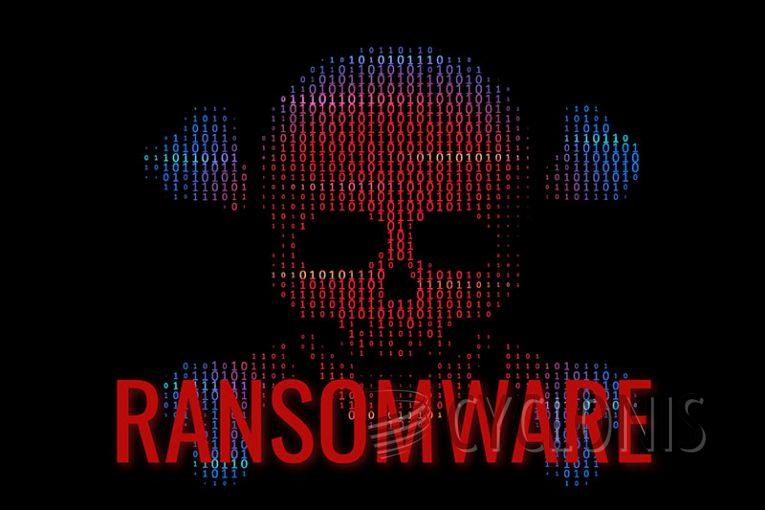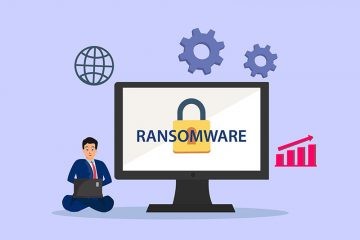Turtle Ransomware Threatens Computer Users Without a Traditional Ransom Note

Turtle Ransomware has emerged as a potent threat, targeting a wide range of computer users across Windows, Linux, and macOS operating systems. Unlike typical ransomware variants, Turtle encrypts files and appends the ".TURTLERANSv0" extension to filenames without providing a customary ransom note. This deviation from the norm raises concerns and suggests that the ransomware may still be in its development phase.
Table of Contents
Why doesn’t Turtle Ransomware have a ransom note?
In the absence of a ransom note, victims are deprived of the usual instructions on how to pay the ransom, including details on the amount, the cryptocurrency to be used, and a deadline for payment. This unique characteristic of Turtle hints at a possible impending demand for payment once the development phase concludes.
Experts strongly advise against negotiating with ransomware attackers or making any ransom payments, as doing so does not guarantee the retrieval of encrypted files. Victims may only regain access through free decryption tools or by relying on backups. Swift action is crucial to eliminate ransomware from compromised systems and prevent further encryption and spread within local networks.
Turtle Ransomware destruction
While there is a specific tool available for decrypting files on macOS systems affected by Turtle ransomware, caution is urged in the broader context of ransomware attacks. Proactive cybersecurity measures, including regular updates, robust antivirus protection, and secure backup practices, are essential for both individuals and organizations.
The destructive consequences of ransomware attacks underscore the urgency of taking preventive measures. Examples of other ransomware variants, such as Ljaz, BuLock, and WANA CRY, highlight the evolving nature of this cybersecurity threat.
Understanding the methods of infection is vital for protecting against ransomware. Cybercriminals commonly use phishing emails, compromised websites, and pirated software to distribute ransomware. Users are advised to exercise caution when opening email attachments, avoid suspicious websites, and refrain from downloading unauthorized software.
How to protect against and remove Turtle Ransomware
To protect against ransomware infections, maintaining up-to-date operating systems and using reputable antivirus programs are crucial. Additionally, regular backups stored offline provide a safety net in case of an attack. If an infection occurs, running a scan with an anti-malware tool is recommended to automatically eliminate the ransomware.
In conclusion, the evolving landscape of ransomware underscores the need for vigilance and proactive cybersecurity measures. Users must remain informed about potential threats, implement best practices, and adopt a cautious approach to online activities to mitigate the risk of falling victim to such malicious attacks.








